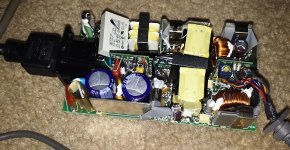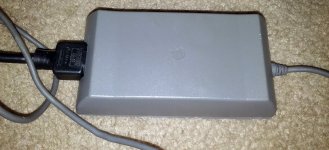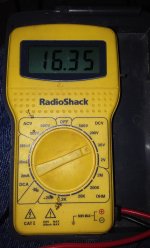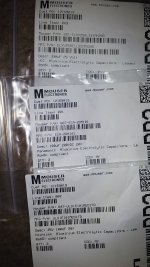I would leave ceramic and plastic film capacitors alone for now. Except if these are actually paper caps you are referring to.
You probably saw cracks in clear case capacitors near the AC input on 128k/512k analog boards. These are plain old paper (or paper in oil) capacitors (usually from company WIMA). They are placed across the line and from line and from neutral to ground. When new, these capacitors were one of the best for these type of applications, as the paper has excellent dielectric properties and has very low dissipation factor. However, after 20-30 years the paper will slowly begin to degrade and turn acidic thus the capacitor will start to turn into resistor (become "leaky"). The cracks in the case will only accelerate this. So these capacitors are now known to short and fail and sometimes explode.
I replace them on sight with proper film X2 type or ceramic Y2 type ones. Commonly are present on older analog boards, but I remember seeing them also in Duo AC adapters. The proper test method is to use high voltage insulation tester, but if tested with a common capacitor tester they will almost always read high (0.1uF will read 0.14 uF, etc.), heating them with a hairdrier will cause them to read even higher, whilst a good film capacitor will stay at the same value across the all temperatures. Some universal component testers will also show voltage loss when there should not be any.
Metallic film and polypropylene film capacitors will not fail as such even after many decades. I have some from late 1950s and they still test excellent with no leakage even at few thousand volts, whilst paper capacitors from same era are all junk.










